Why you can trust TechRadar
Software
On the subject of optimizations, the performance greatness also has to be attributed to the software package running the phone. Funtouch OS 9.1 over Android 9 Pie powers the Vivo Z1x. While it’s great that they ship with the latest build of Android, you will be hard-pressed to notice it. Vivo’s custom skin is very heavy and comes with a rather long learning curve.
The notification shade shows only the notifications, with all the quick toggles residing on a special panel that appears with a swipe up from the bottom. Not only does this take some getting used to, but the interface looks very similar to iOS12. Translucent colourful icons, vertical brightness sliders and widgets, Funtouch OS has got it all.

There are also quite a few instances where it’s evident that the software hasn’t been tested enough. Apart from the aforementioned dark mode troubles, there are some places where even the notch gets content displayed under it, which is unacceptable in 2019.
Having said that, this skin is really power-efficient and would not unnecessarily drain the battery in the background when not in use. Customization possibilities were plenty, too.
Battery and Charging
Batteries over 4,000 mAh in size are a common sighting in this segment, and the Vivo Z1x is no different, coming in at 4,500 mAh. Yes, it’s a little smaller than the one powering the Z1 Pro, but gains much faster charging capabilities and moves to a USB Type-C connection, which are both more important to me than a marginally bigger battery.
For my regular use that would include over an hour of video streaming and an hour of PUBG, WiFi or LTE on all day, loads of push notifications and social media, and a few calls, the Vivo Z1x would always last me over a day which is mighty impressive. Screen on times for the said usage was usually over 6 hours. For refuelling, the included 22.5W FlashCharger would take the phone from 0 to full in about an hour and a half, with 30 minutes getting us to around 40%.
Camera
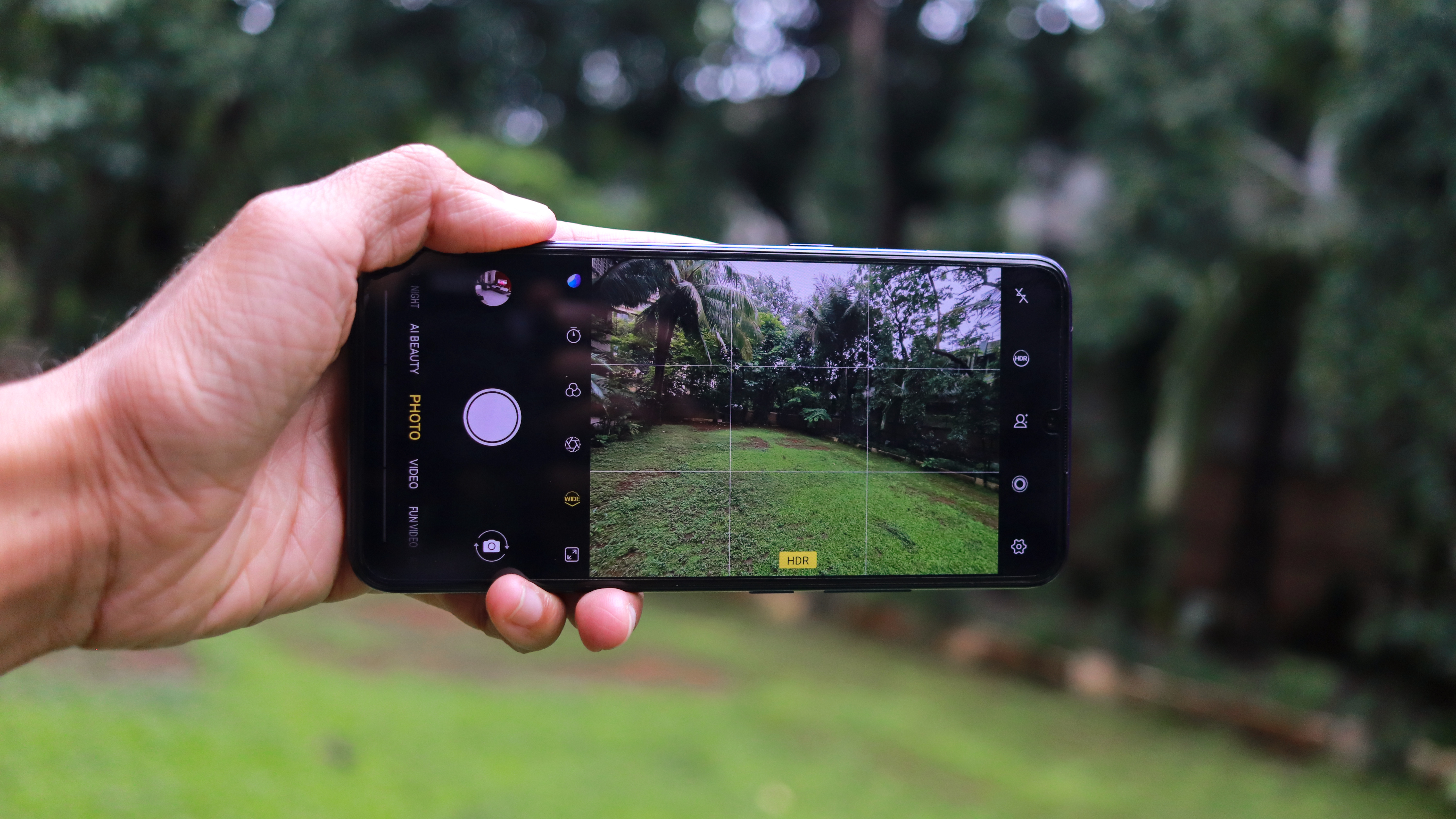
The number of cameras on budget smartphones has increased rather rapidly, and the Vivo Z1x is no different, with three of them adorning the back. We get a primary 48MP f/1.8 primary camera, an 8MP ultra-wide shooter and a 5MP depth sensor.

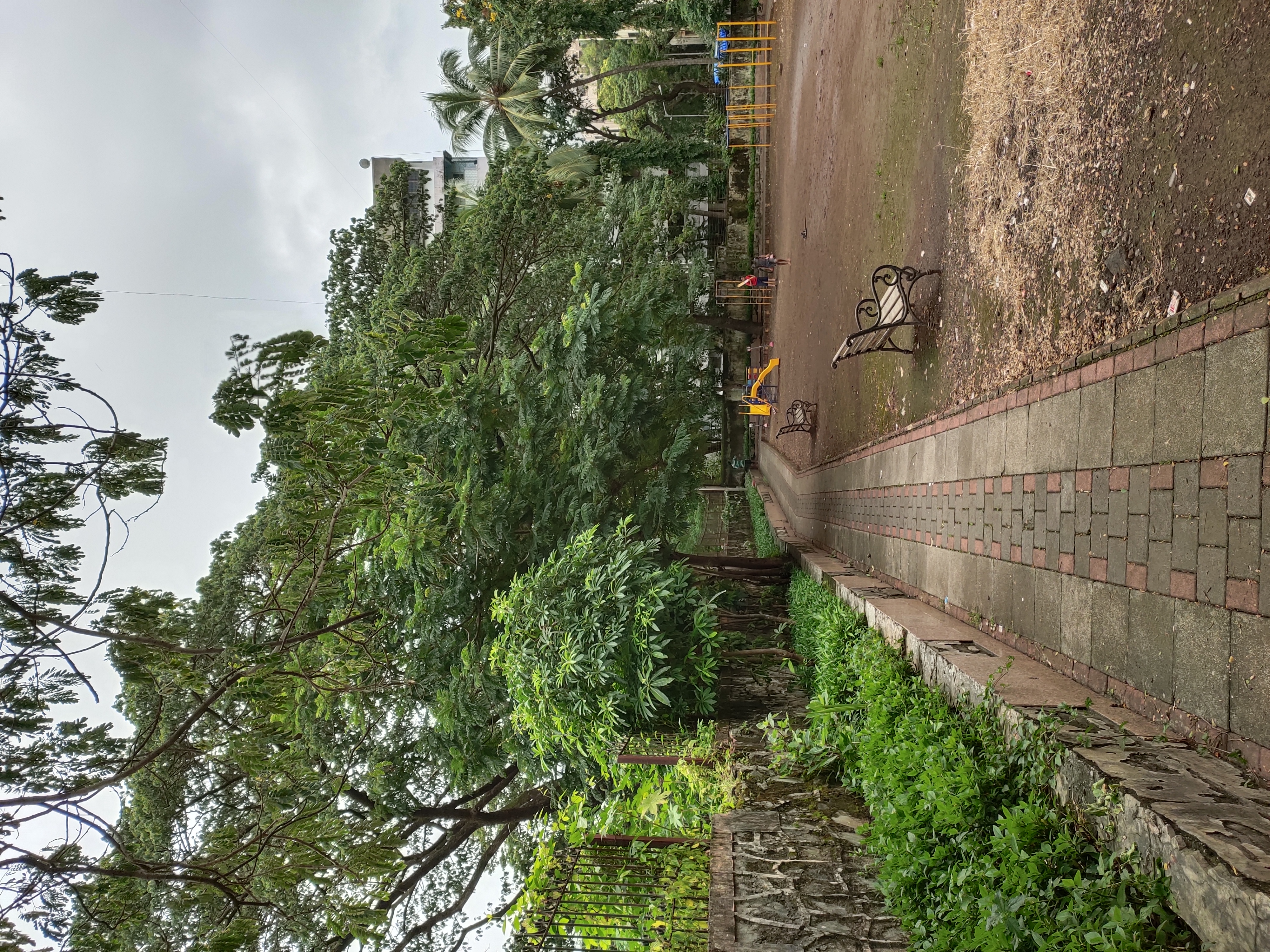


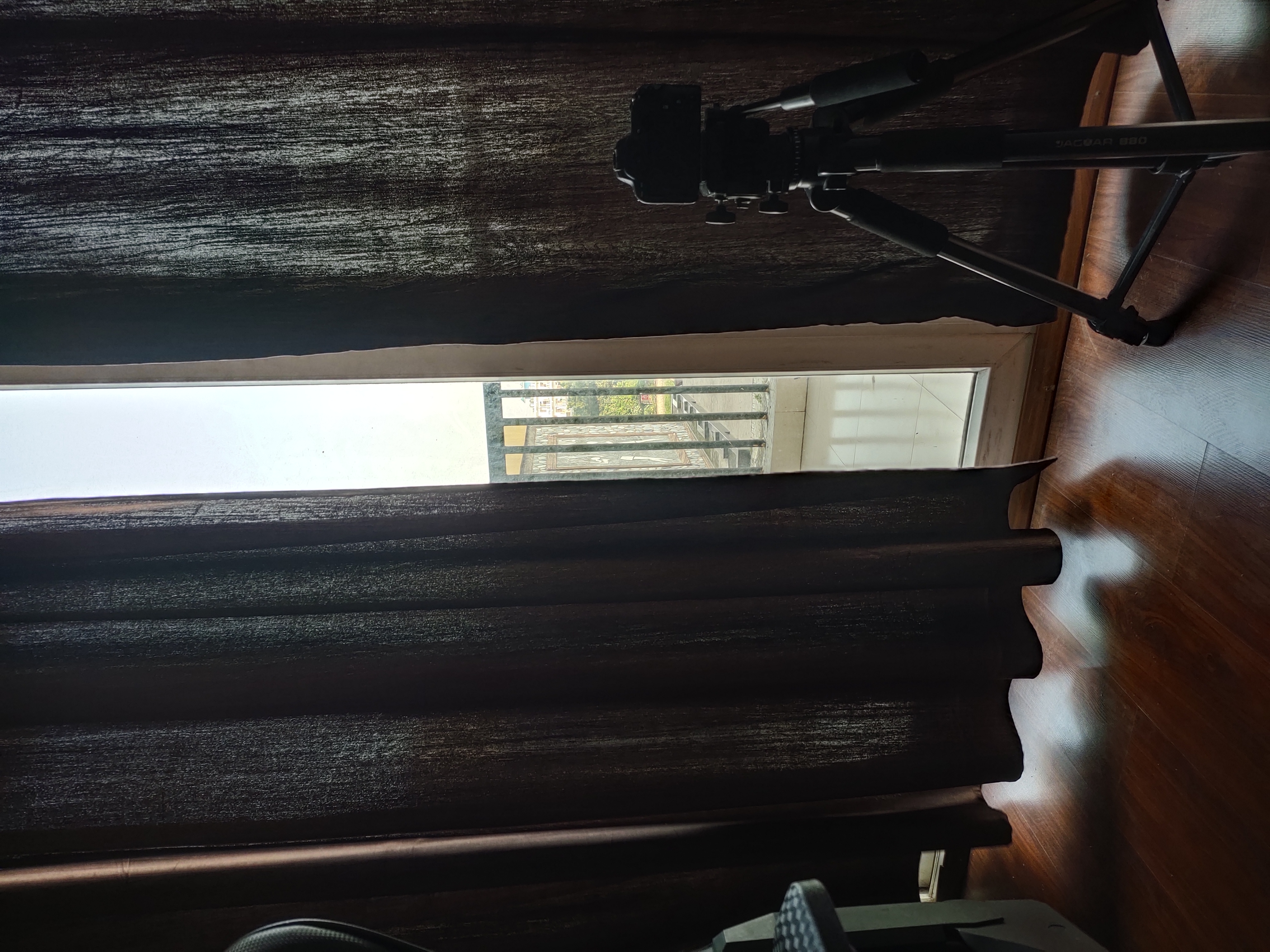
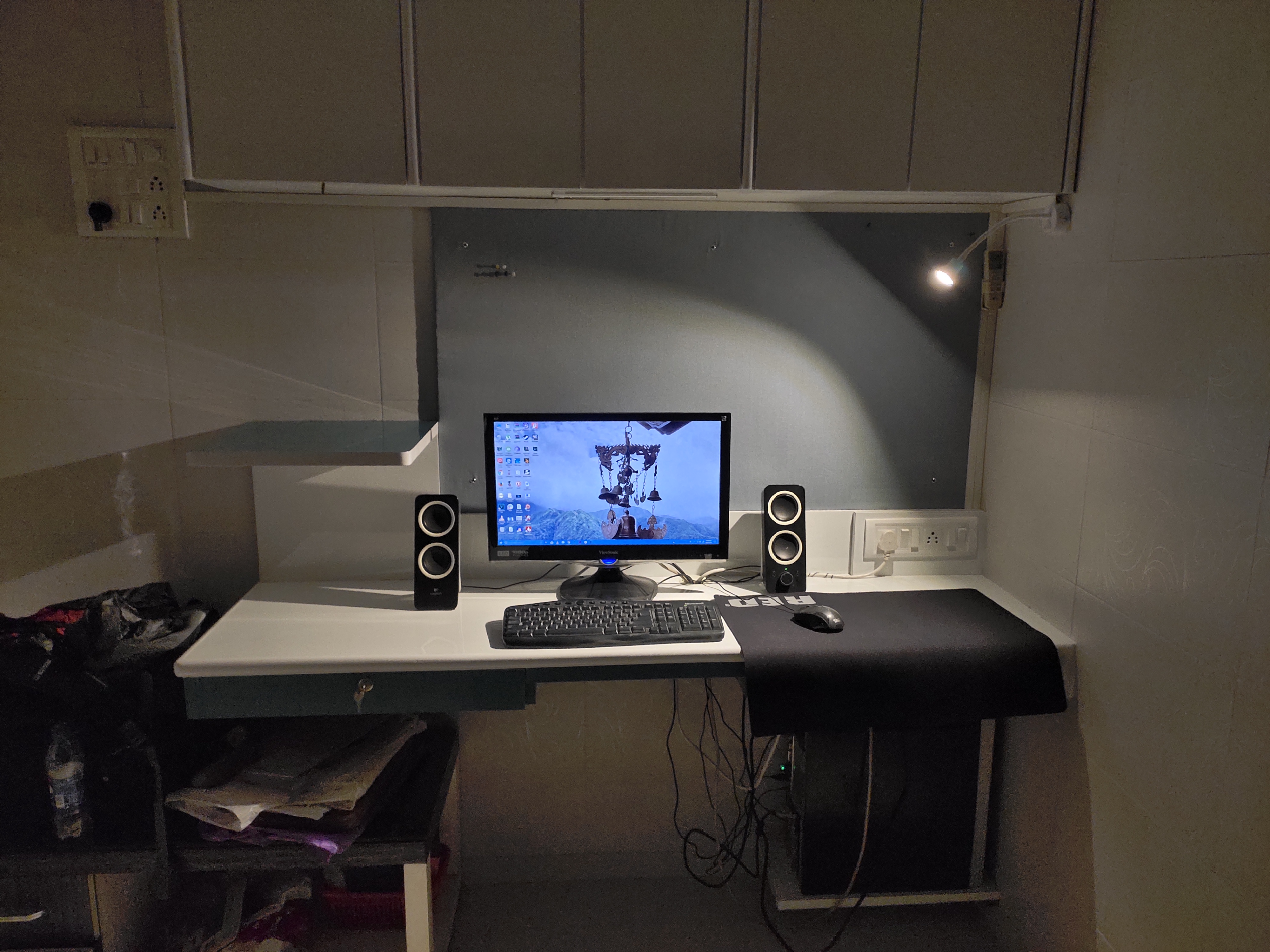
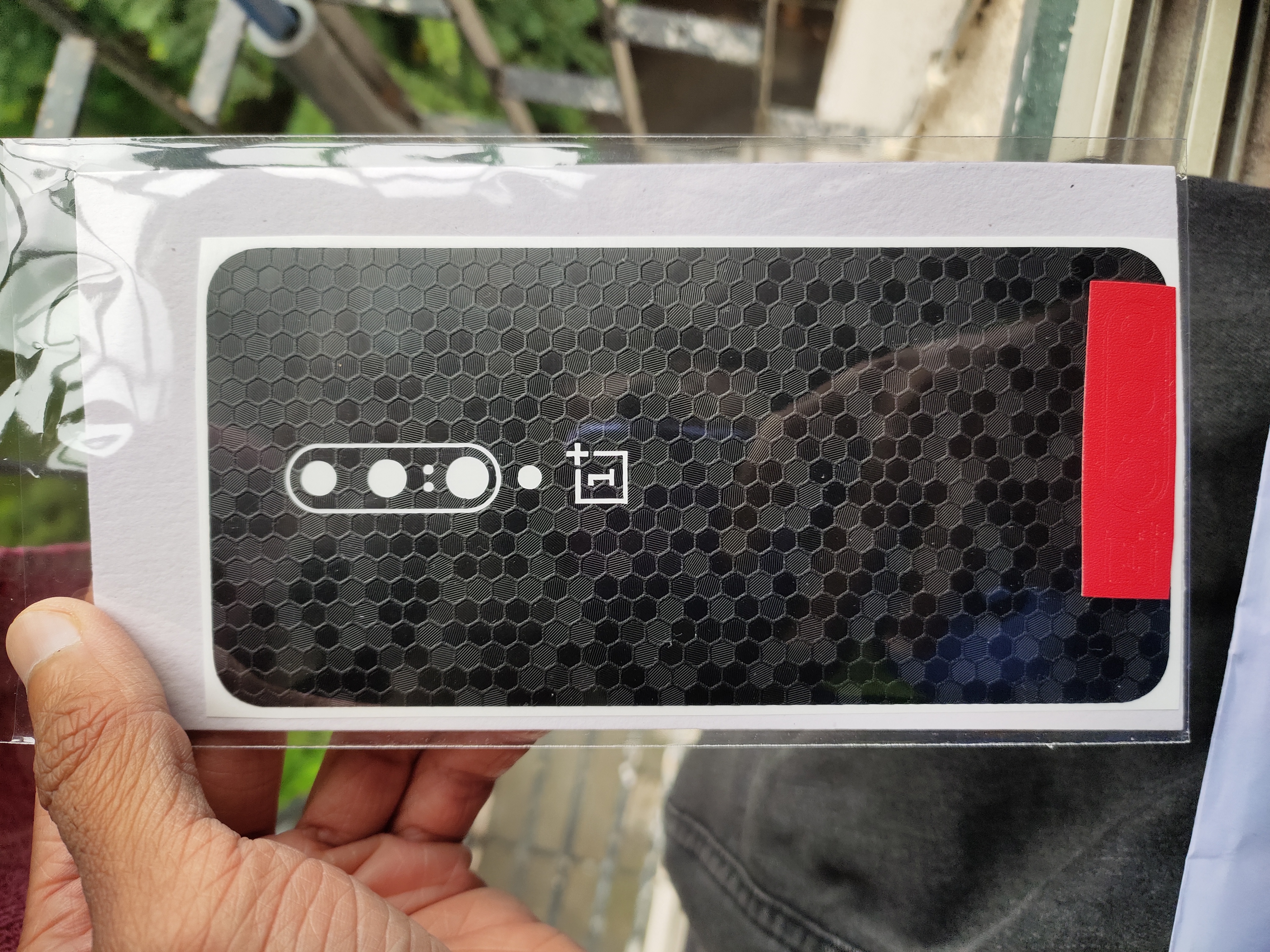
The primary camera implements the Sony IMX582 image sensor which is very similar to the famous IMX586 and just lacks the ability to shoot 4k video at 60fps. Apart from that, it works in the same way, using pixel binning for 12MP final photos. The colour rendition and dynamic range were very accurate and pleasing to the eye, and there was usually no shutter lag.
Video recording was a joy, bringing in accurate colours and a very smooth electronic stabilization.





Moving to low light scenarios too didn’t affect the performance by a lot and the colours continued to stay strong and saturated. Night mode would help bring out the details in the shadows without blowing out the highlights. The shutter always takes 2 seconds to expose and has decent stabilization too.

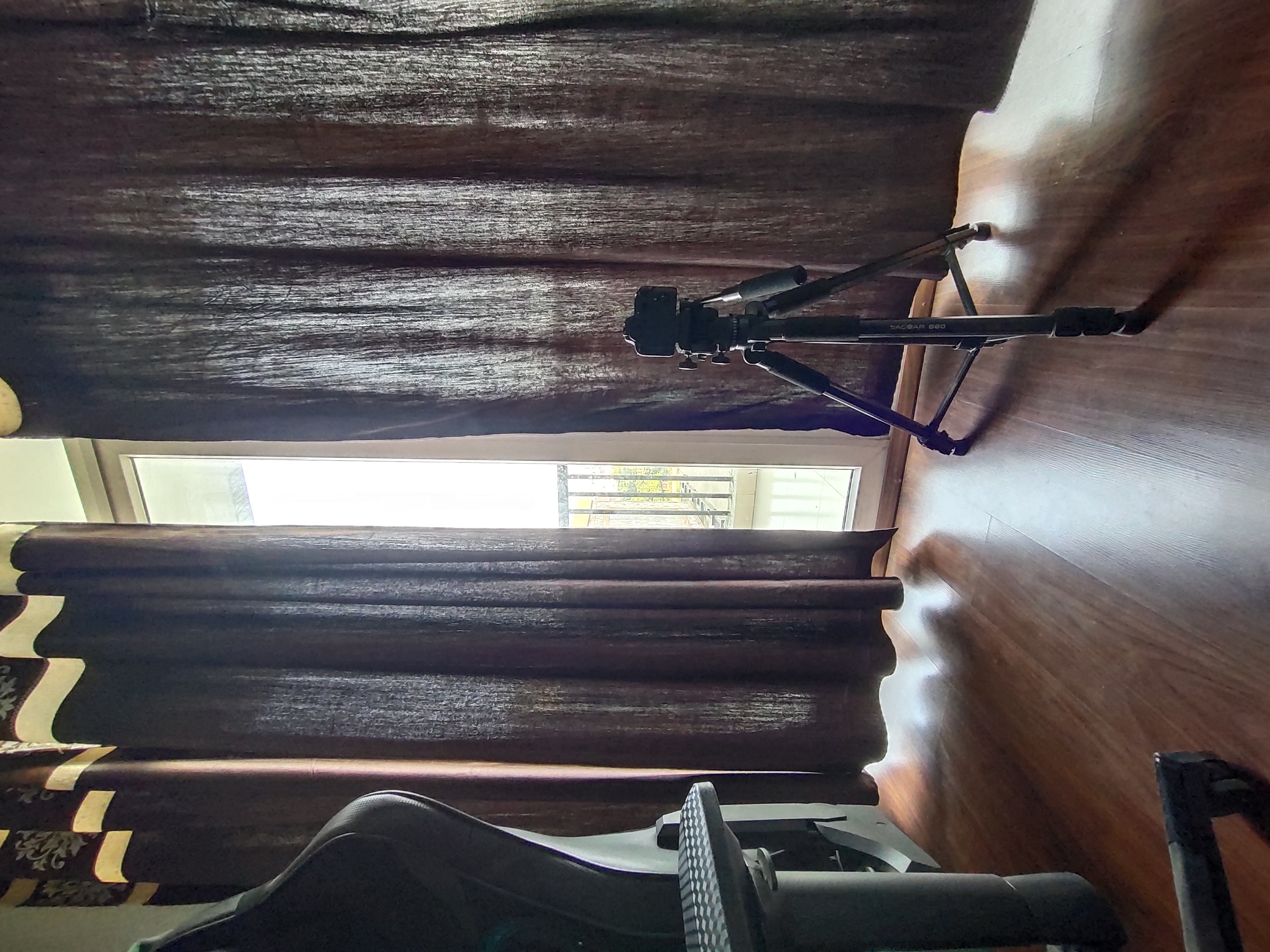

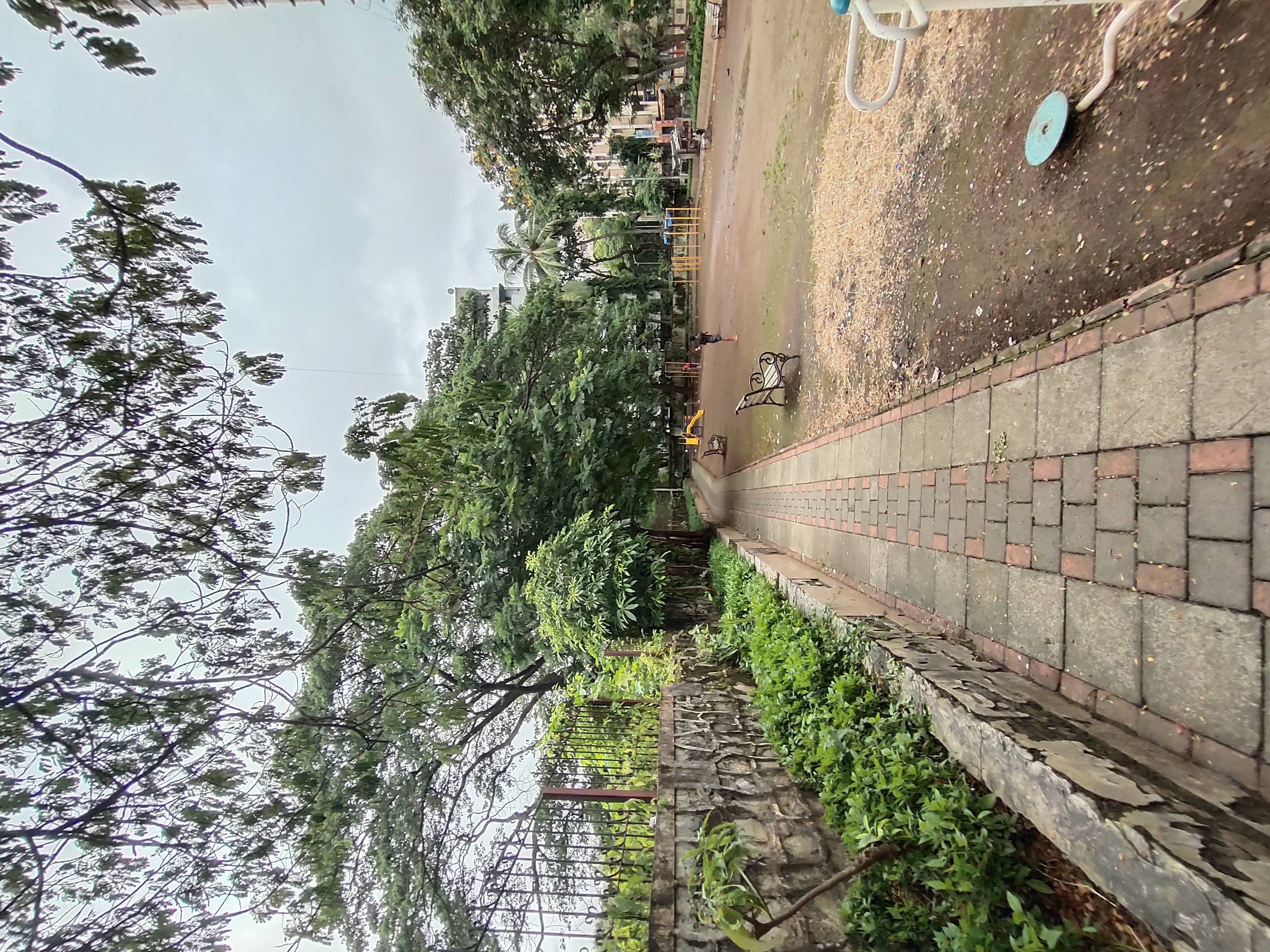
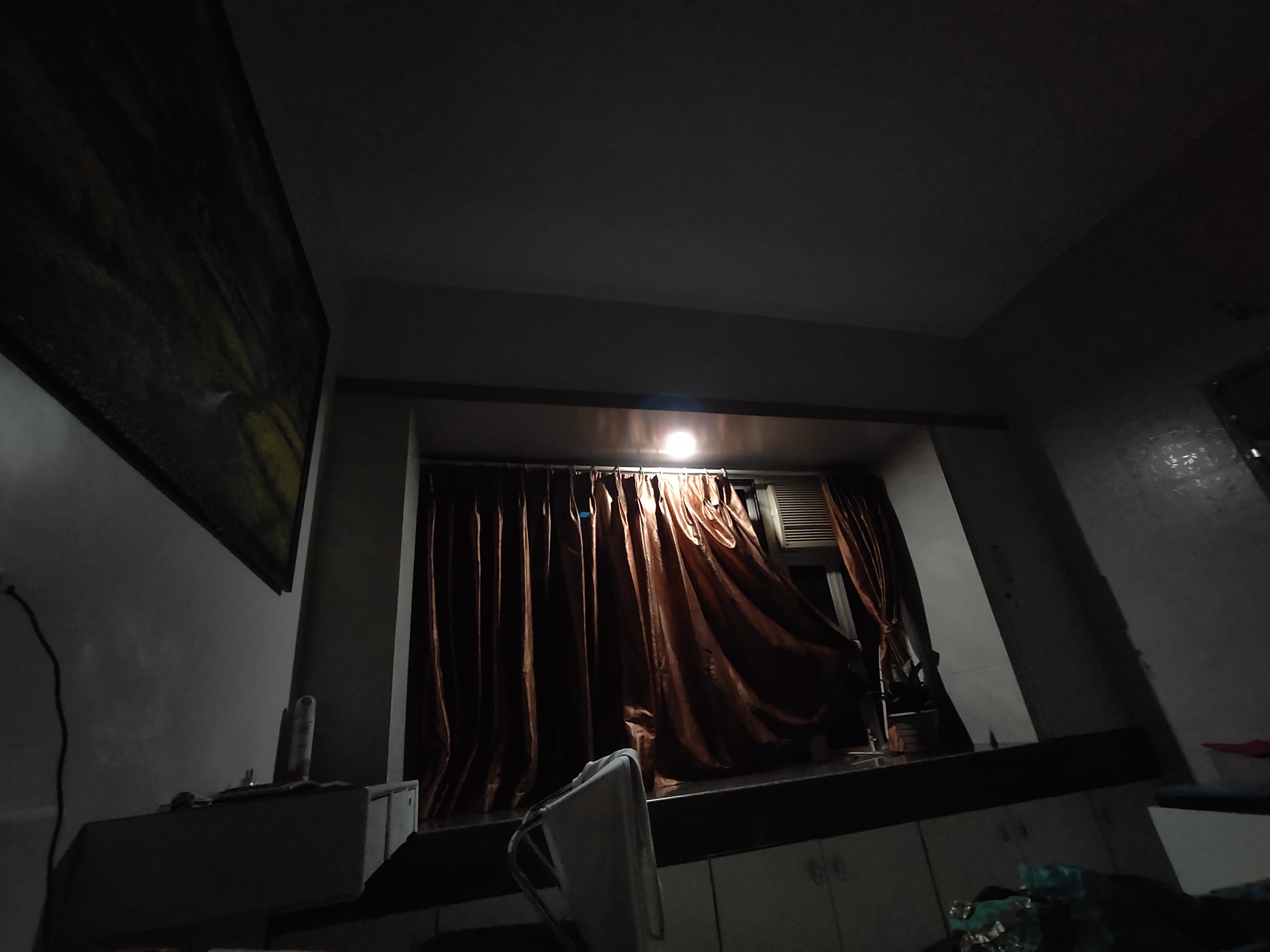
The ultrawide camera brought a significantly wider field-of-view but the colours were a little washed out and even the dynamic range takes a hit. These are common issues with budget phones, so I’ll cut Vivo some slack here.


Portrait mode wasn’t really groundbreaking either, and triggers only when a face is detected. Even if the subject (person) is looking a little away from the camera, the portrait mode will not work. There are some extra gimmicky lighting modes which I never used after accidentally turning them on once.


Overall, the primary camera does its job pretty well, and never felt lacking, irrespective of the lighting conditions.The ultrawide camera may seem a little underwhelming if you plan on shooting landscapes, owing to the muted colours.
Verdict
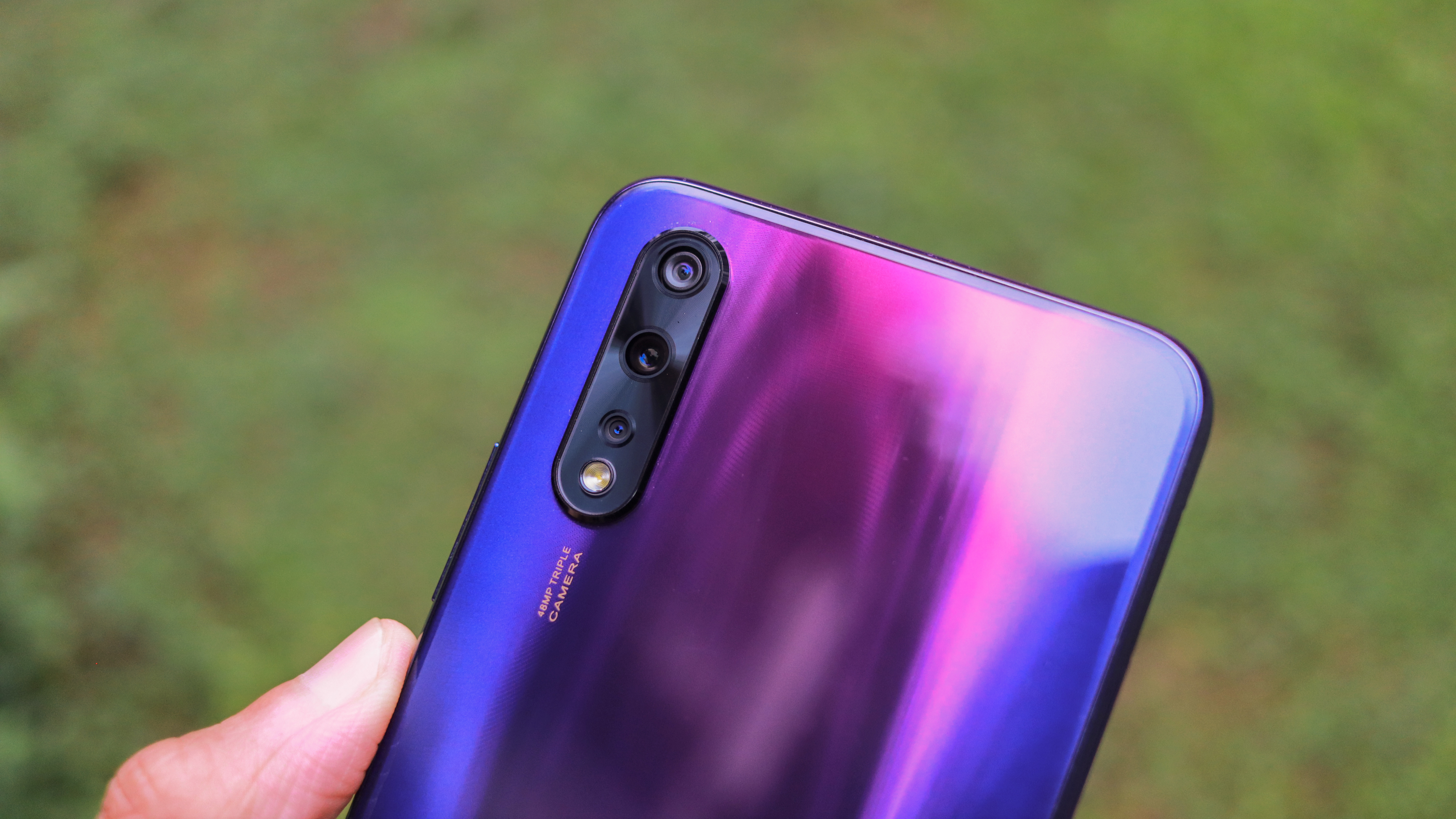
Vivo has done a tremendous job at buffing up the existing Z1 Pro and bringing meaningful upgrades that are sure to be appreciated by potential consumers. The only evident weak points of the Z1x include a jarring software experience, plastic construction and inconsistent gaming performance, only the latter of which can be fixed over time.
It competes with the likes of the Xiaomi Mi A3 and the Realme X in this price segment, both of which offer a better choice of materials and a more enjoyable software experience. If those aren’t your top priorities, then the Vivo Z1x should suffice your needs, or else the others are better suited for you. Having said that, this is the most mature execution we have seen from Vivo to date, and the Z1x does a great job at standing shoulder to shoulder with the fan favourite offerings from Redmi and Realme.
If possible, I’d recommend holding up till the Realme XT, the Redmi Note 8 Pro and the Vivo V17 come to India in the following months as great alternatives in this sub Rs 20,000 segment.
Aakash is the engine that keeps TechRadar India running, using his experience and ideas to help consumers get to the right products via reviews, buying guides and explainers. Apart from phones, computers and cameras, he is obsessed with electric vehicles.

